Ding kiln is one of the famous white porcelain kilns in the history of China, in the history of much documentation, both official and private kilns dual attributes.
In the 1930s, the site was discovered and confirmed in Quyang County, Hebei Province, which in ancient times was called “Dingzhou”, and the porcelain was collectively known as “Ding kiln” porcelain. According to archaeological discoveries, the Ding kiln was created in the Middle and Late Tang dynasties, and flourished in the Northern Song and Jin dynasties, and was one of the kilns with the largest scale of production and the widest influence in the northern region at that time, but it gradually ceased to be fired on a large scale in the late Yuan dynasty.
Ding kiln porcelain mostly see scratch engraved decorations, glaze color follows the line of the depth of the change and different, the overall glaze color is not pure white, but white in yellow, appear more soft and warm, unique glaze and decoration, very consistent with the Song Dynasty period of the literati and elegant aesthetics, and is therefore also respected as the Northern Song Dynasty, “the five kilns,” one of them.
Ding Kiln Porcelain of the Northern Song Dynasty
Modern Ding kiln porcelain, not only focus on the beauty of the work, but also take into account the practicality of the design.
Ding kiln porcelain tea set and incense burner, in the inheritance of the ancient porcelain production process at the same time, integrated into the modern aesthetic, both the beauty of the ancient color, and the practicality of the room and home, in the daily use of the feeling of the weight of history and the elegance of the ancients.
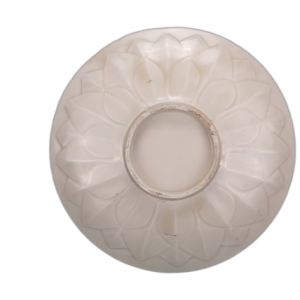
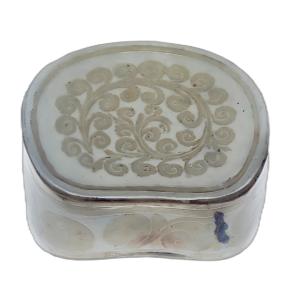
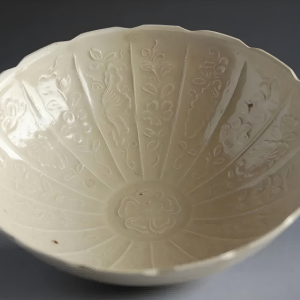
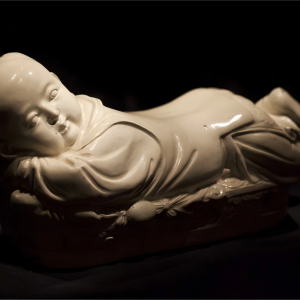
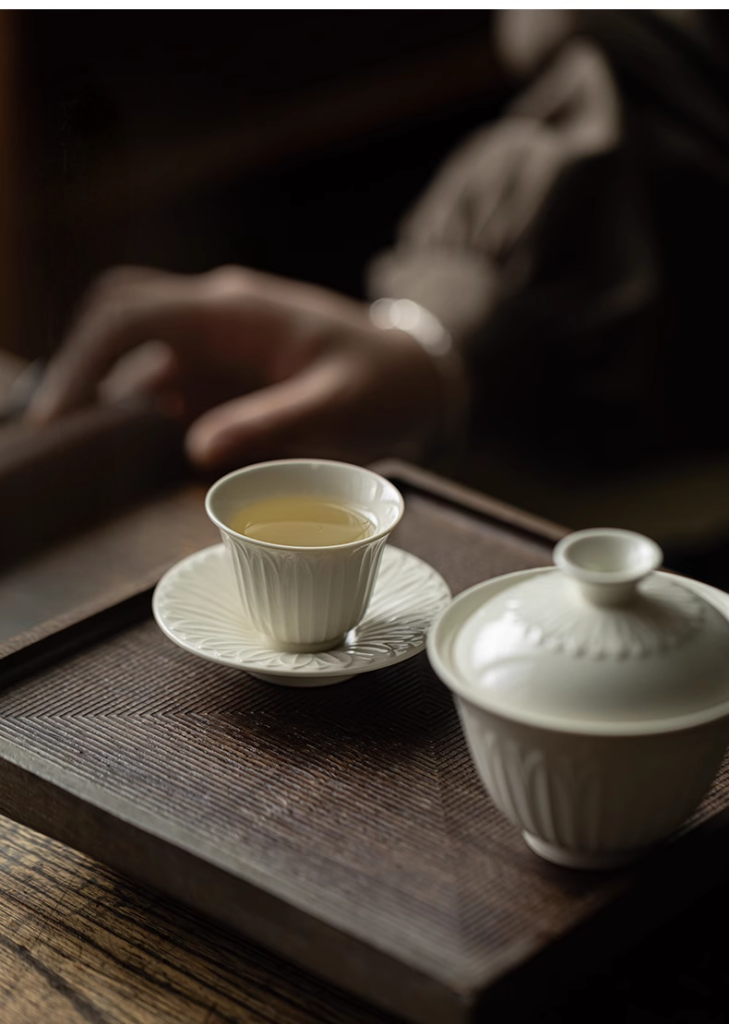
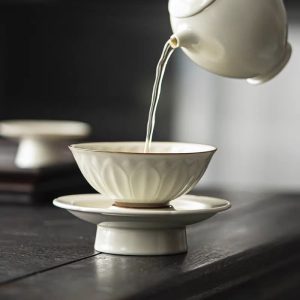
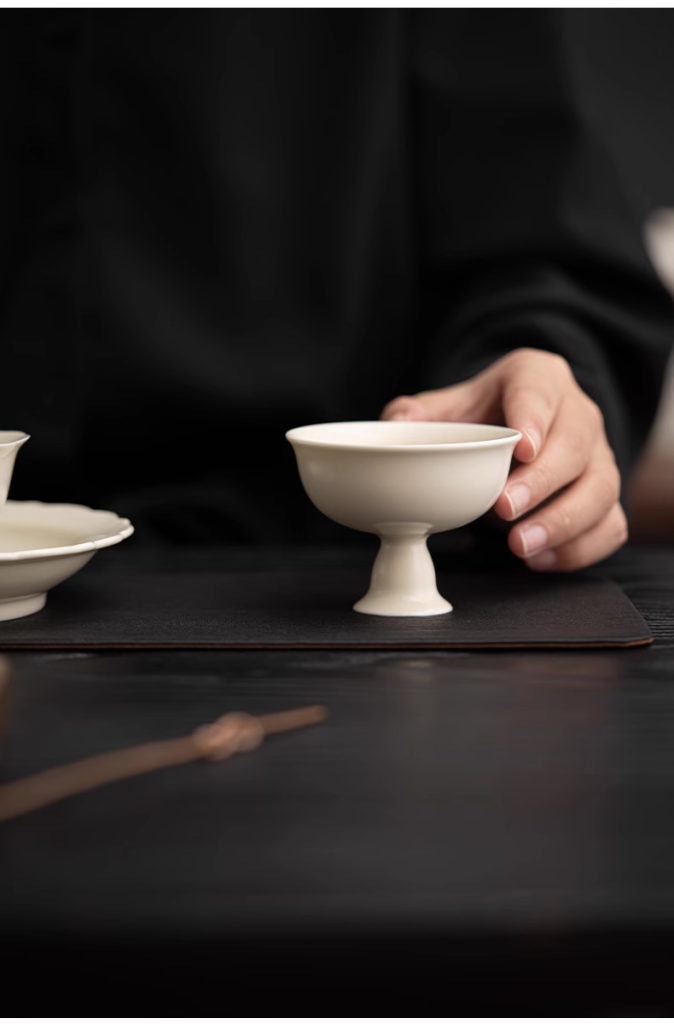
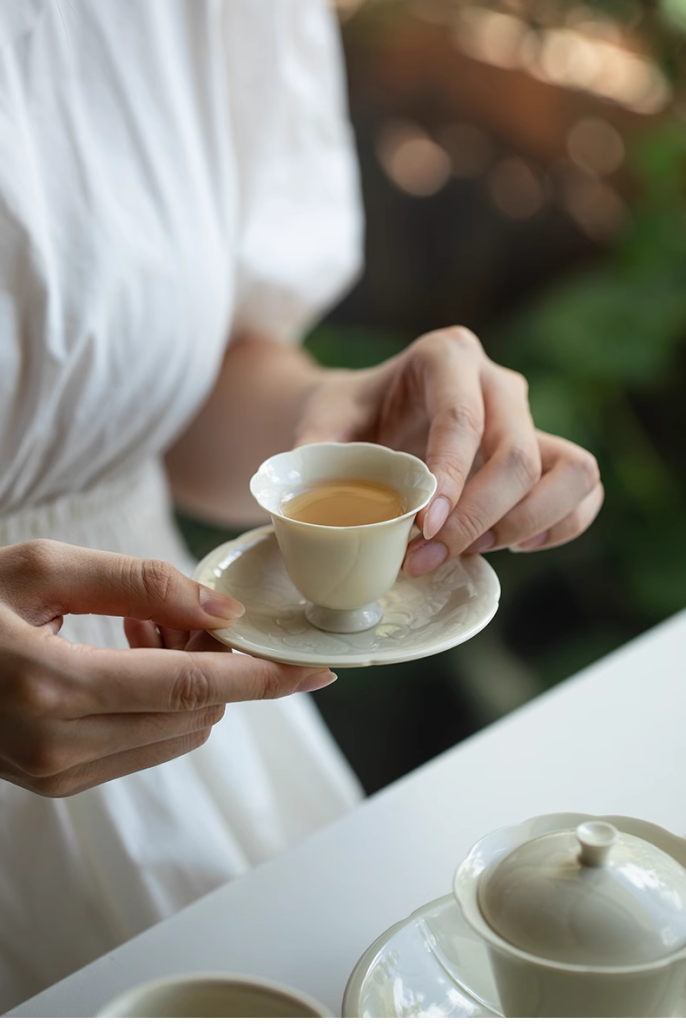
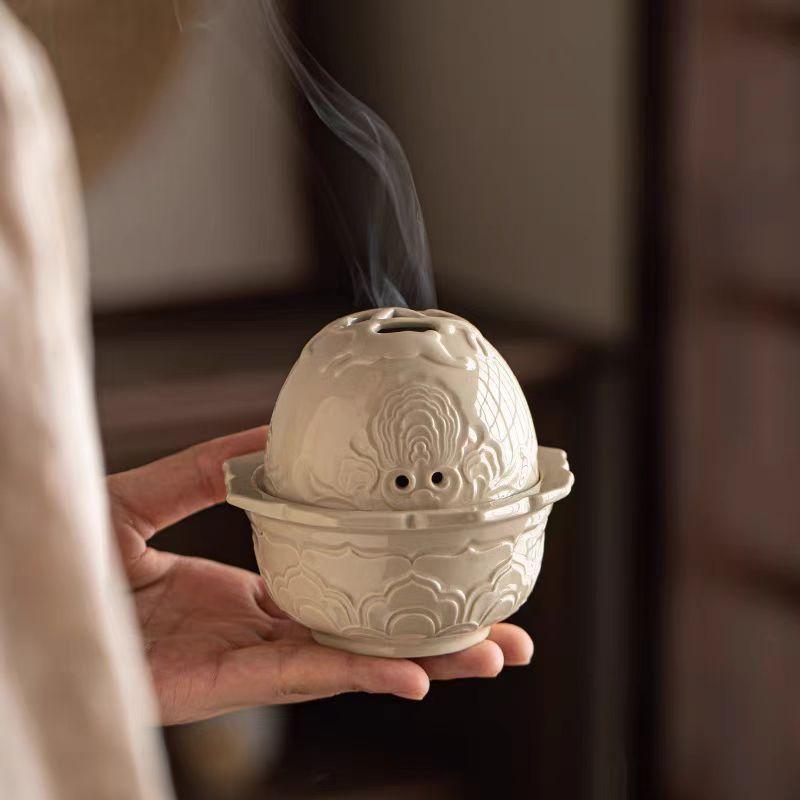
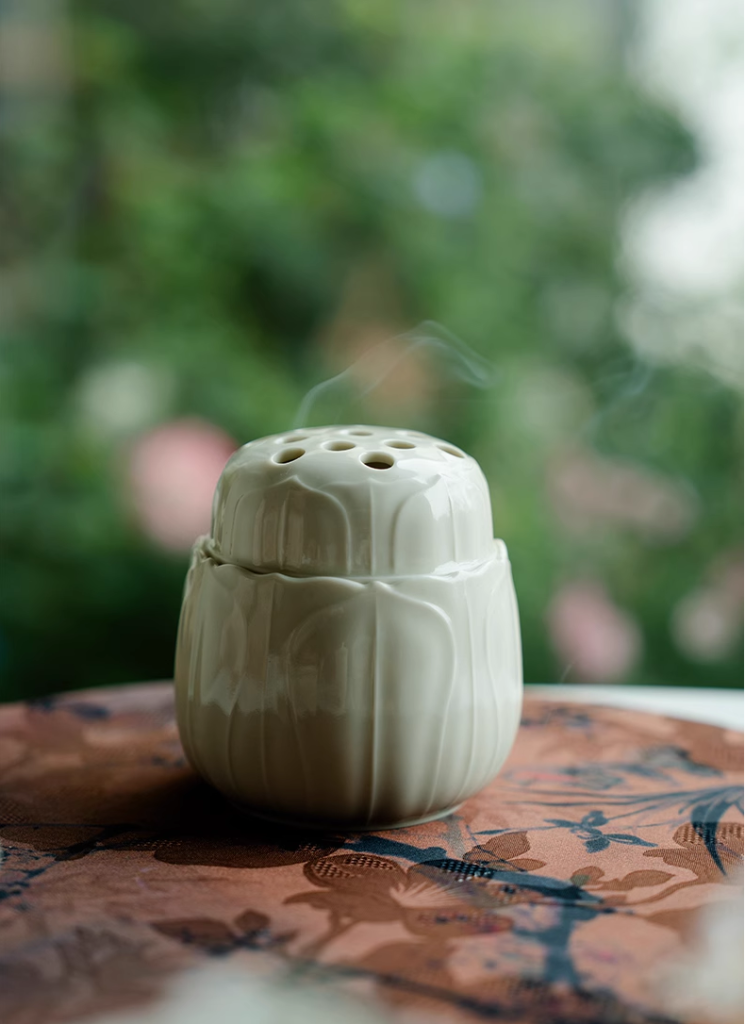
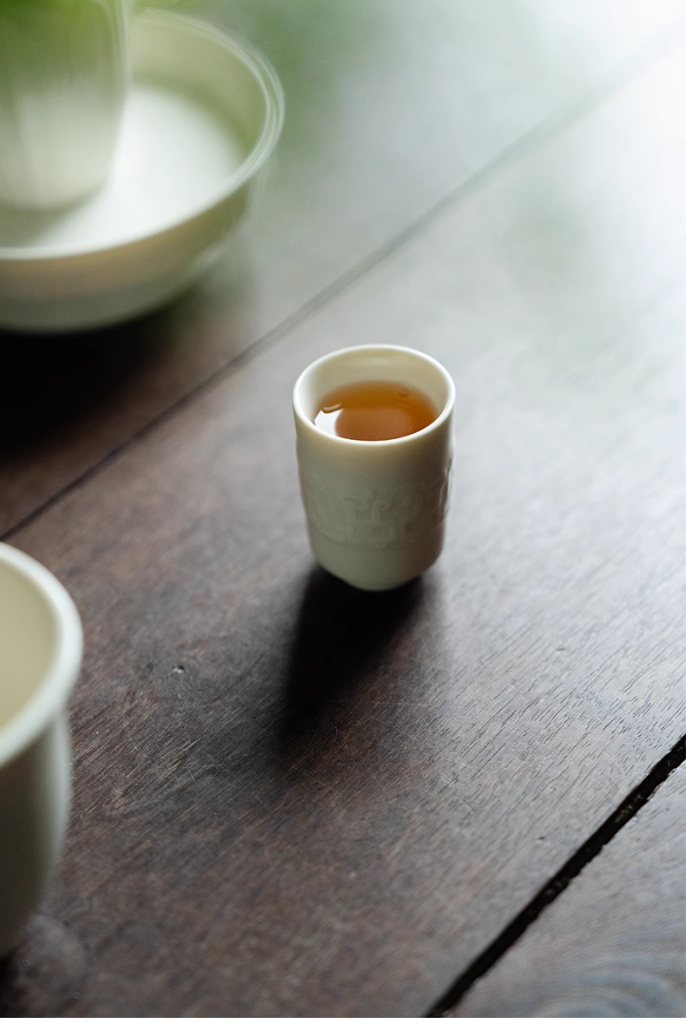
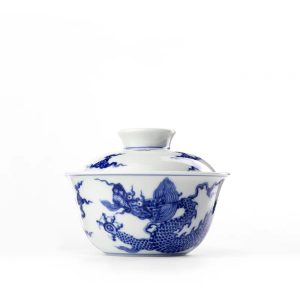 Blue and white Porcelain--“Shouchang Kiln” Dragon Pattern Tea Ware
Blue and white Porcelain--“Shouchang Kiln” Dragon Pattern Tea Ware